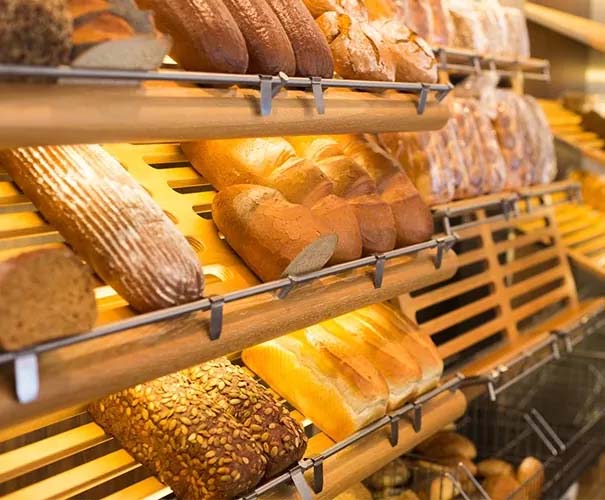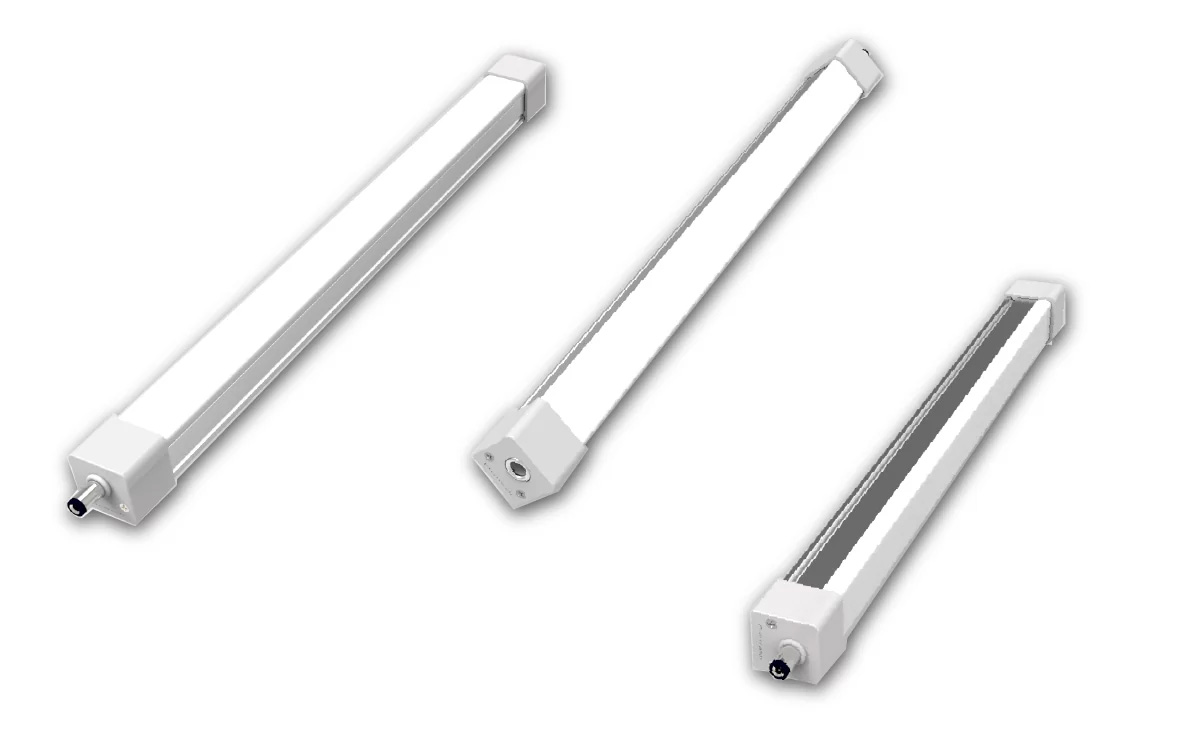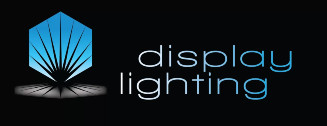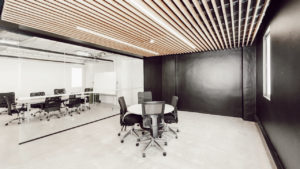Picking the right LED light bars is less about chasing the highest wattage and more about matching the bar to the job. In display cabinets, fridges, shop shelving, galleries, and retail showcases, the best choice balances light quality, glare control, mounting practicality, and reliable power and control. Here is a clear, practical guide, plus an overview of our own collection built specifically for display applications.
Start with Purpose & Surface
Ask two questions before you look at specs:
- What are you lighting? Glass shelves, glossy product packaging, fresh food, matte objects, jewellery and collectibles all reflect light differently.
- What do you want people to notice? Texture, true colour, brand labels, or general ambience?
Once you know the purpose, you can match the light bar characteristics below.

Key Factors that Matter
Beam pattern and optics
For cabinets and fridges, you want even coverage without hot spots. Linear optics or diffused covers spread light across the shelf’s face. For deep cabinets, a slightly forward-throw optic helps reach the front edge. For shallow displays, a wide batwing or well-diffused lens reduces scalloping on the back panel.
Colour temperature (CCT) and colour quality (CRI)
- Warm whites (2700-3000K) flatter baked goods, wood finishes, and warm packaging.
- Neutral white (3500-4000K) is a safe, versatile choice for mixed merchandise and produce.
- Cooler whites (5000-6500K) suit dairy, tech, and clean, clinical looks.
Aim for CRI 90+ for true-to-life colour, especially on food, apparel, signage, and brand colours.
Glare control and diffusion
Clear covers are bright but can produce pinpoint glare. Opal diffusers and COB-style continuous emitters create a smooth light line that looks premium in glass displays and reduces reflections on shiny packaging.
Wattage and efficacy
Higher wattage is not automatically better. In a closed cabinet, you often get more useful light by placing a moderate-output bar exactly where it is needed, rather than overpowering the space and fighting glare. Look for high lumens per watt and pair output to the distance from the object.
Form factor and mounting
Slim profiles disappear inside mitres, mullions, and shelf undersides. Check for rigid aluminium bodies to keep lines straight and for mounting clips or channel options that match your cabinet construction.
Thermal management
Aluminium bodies act as a heat sink and extend LED life. Avoid running high-power bars in sealed cavities with no airflow unless the bar is designed for it.
Ingress protection and hygiene
For refrigerated cases or areas with moisture, look for appropriate IP ratings and sealed housings that are easy to wipe down. In food environments, favour designs that minimise crevices.
Power and control
Match bar voltage (12/24V DC or 230V integrated) to your electrical plan. Decide early if you need on-shelf dimming, door/hand sensors for automatic switching, or DALI/0-10V integration across a run of cabinets.
For power planning, choose quality LED drivers with headroom rather than running at the limit. See our LED Power Supplies & Control Systems for guidance and hardware.
Our Collection of LED light Bars for Display & Food Cabinets

EcoFresh LED Light Bars
Built for retail food presentation, with variants tuned for:
- Meat / Butchery: enhanced reds for appetising colour without heat or UV.
- Bakery: warm ambience that flatters crusts and pastries.
- Deli: warm neutral for cheeses and cured meats.
- Produce: balanced spectrum for greens and natural vibrancy.
- Dairy: clean, bright whites for a fresh, hygienic look.
These bars deliver even illumination, long life, and energy savings versus legacy fluorescents and are designed to operate reliably in chilled environments. See EcoFresh LED Light Bars.
Slimline cabinet light bars
Rigid, low-profile bars for glass shelving and retail showcases, with opal diffusers to eliminate diode spotting and optional angled mounts to push light forward onto products. Pair with Aluminium Profiles where a recessed or trimless detail is required.
Task and edge bars
Higher-output linear bars for task edges, under-shelf illumination, and header features. Options for continuous COB emitters provide a premium, dot-free aesthetic in mirror backs and glossy cabinetry.
How to specify the right bar in five steps
- Map the sightlines
Stand where your customer stands. Avoid visible points of light in mirrored and glass backgrounds. If you can see the emitter, increase diffusion, change angle, or recess the fitting. - Pick the spectrum for the subject
Choose CCT and CRI based on the product category. If your display changes seasonally, use neutral white as the base, then accent with warmer or cooler zones. - Control the contrast
Use dimmable drivers so you can balance shelf levels. Highlight hero products by stepping adjacent shelves down 10-20%. - Design the detail
Confirm mounting: surface clip, magnetic foot, or recessed profile. Plan cable routes, joiners, and driver placement so there are no dangling leads or visible shadows at joints. - Power it properly
Calculate total load with 15-20% headroom and choose a quality driver. If you need centralised control, allow for DALI/0-10V interfaces from the start.
Ready to Plan your Display Cabinet Lighting?
Our team can help you match bar type, optics, and controls to your cabinet dimensions and product mix. Explore our EcoFresh LED Light Bars, Aluminium Profiles, and LED Power Supplies, then get in touch to order your LED lighting solution.

